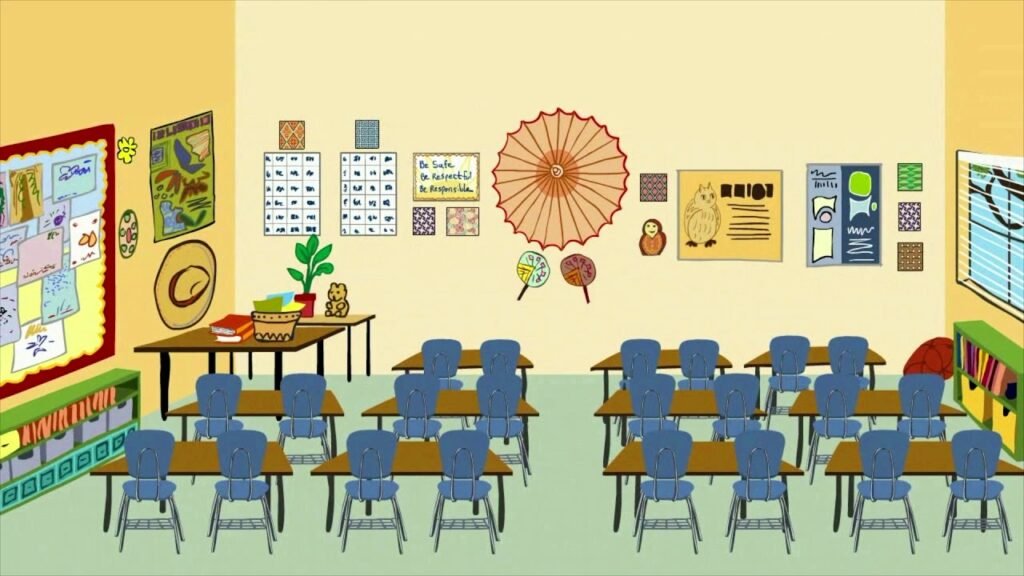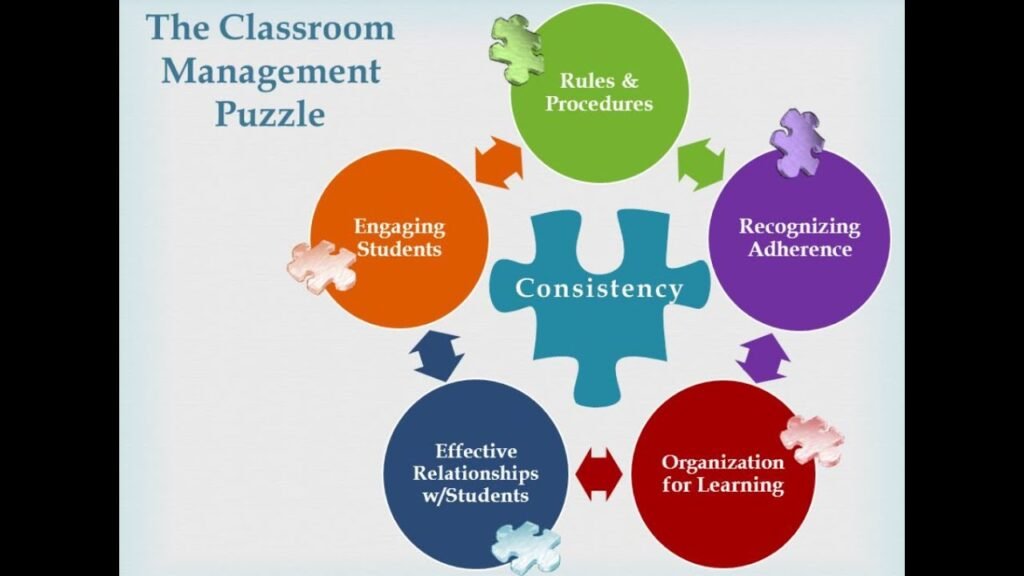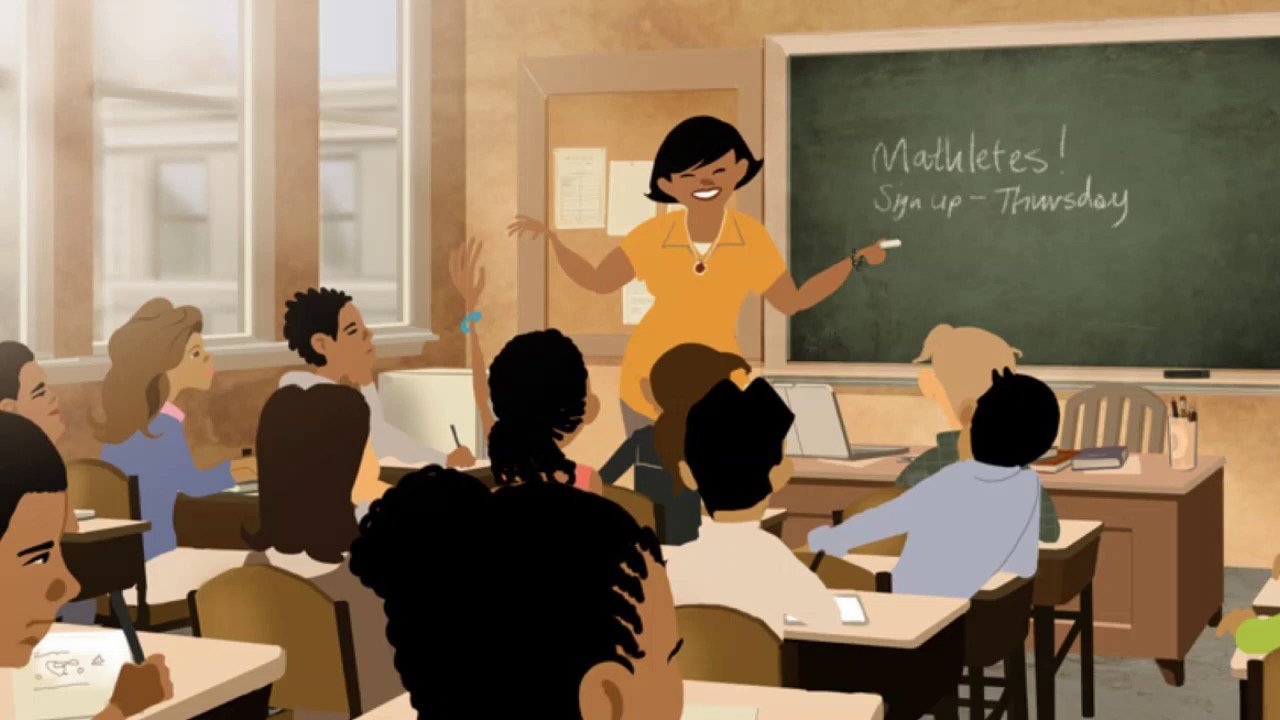Lesson Planning and Classroom Management Two essential elements are necessary for effective teaching: lesson planning and classroom management. In order to create a learning atmosphere where kids feel comfortable, involved, and driven to study, both are necessary.

Lesson Planning
The road map that directs educators in providing teaching is found in lesson planning. It entails determining the goals of the lesson, choosing relevant resources, and creating exercises that promote comprehension and participation from the students.
Identify Learning Objectives
“What should students know or be able to do by the end of this lesson?” Employ action verbs like as “analyze,” “compare,” and “describe” to express these objectives.
Understand Your Students
Adapt your class plans to your students’ varied needs. Take into account their interests, learning preferences, past experiences, and any particular adjustments they might need. Planning activities that may be modified for different skill levels is essential to differentiation.

Design Engaging Activities
Select a variety of engaging activities that meet the needs of kids with varying learning styles (visual, auditory, and kinesthetic). Multimedia presentations, debates, group projects, and practical experiments are a few examples of such activities. Throughout the lecture, use both formative and summative tests to determine the students’ level of understanding.
Plan for Time Management
Divide the lecture into manageable chunks and set aside time for each. Provide wiggle room for unforeseen delays or drawn-out conversations. A flexible yet well-organized schedule makes sure that every goal is met without feeling hurried.

Prepare Materials and Resources
Assemble ahead of time the required technology, materials, and resources. These could be worksheets, digital tools, textbooks, or props. Having everything ready cuts down on downtime and maintains the seamless flow of the course.
Classroom Management
While a well-thought-out lesson plan prepares students for learning, effective classroom management guarantees that instruction takes place in a supportive setting. It entails setting guidelines, procedures, and a supportive learning environment in the classroom that encourages accountability, respect, and active engagement.
Establish Clear Expectations
Establish clear, succinct, and consistent regulations and expectations at the start of the school year. Engage pupils in this process to foster comprehension and a sense of ownership.

Build Positive Relationships
Establish a climate of trust, respect, and empathy in the classroom. Spend some time getting to know each of your pupils personally and demonstrating an interest in their life. Good relationships between teachers and students lower behavioral issues and increase student involvement.
Stay Calm and Consistent
Keep your cool and use a consistent manner when dealing with difficult conduct. Reacting harshly or emotionally should be avoided as this can make things worse. Instead, abide by the set guidelines and penalties in a fair and uniform manner.

Integrating Lesson Planning and Classroom Management
The best teachers are aware of the connection between classroom management and lesson planning. Because a well-planned class keeps kids focused and involved, it can help reduce behavioral problems. In a similar vein, a well-run classroom offers the framework and assistance required to carry out lesson plans successfully.
Conclusion
For a teacher to be effective, lesson planning and classroom management are essential. Teachers establish a disciplined, encouraging, and dynamic learning environment that promotes both academic achievement and personal development by devoting time to each. Keep in mind that each classroom is different.
FAQs
What is the primary purpose of a lesson plan?
A lesson plan’s main objective is to give teachers a clear road map for their instruction by describing the tasks, resources, activities, and evaluations required to meet predetermined learning objectives.
How can I differentiate instruction in my lesson plans?
Make use of techniques including assigning tasks with choice, adjusting activities according to students’ preparation levels, and offering more challenges or supports when necessary.
What are some strategies to keep students engaged during lessons?
Include interactive exercises such as multi-media presentations, practical experiments, or group debates. To keep students interested, divide up teachings into smaller chunks, use activity breaks, and give them opportunity to participate and make choices.
How do I handle classroom disruptions effectively?
To handle conduct, use the set rules and penalties. Take the initiative to prevent misbehavior by recognizing possible triggers and fostering a supportive classroom environment. Before minor disruptions become more serious, use techniques like redirection, positive reinforcement, and nonverbal clues to handle them.
What are the key elements of a successful classroom management plan?
Clear guidelines and expectations, reliable routines, wholesome connections, proactive tactics, and a system of rewards and penalties are all essential components of an effective classroom management plan.



